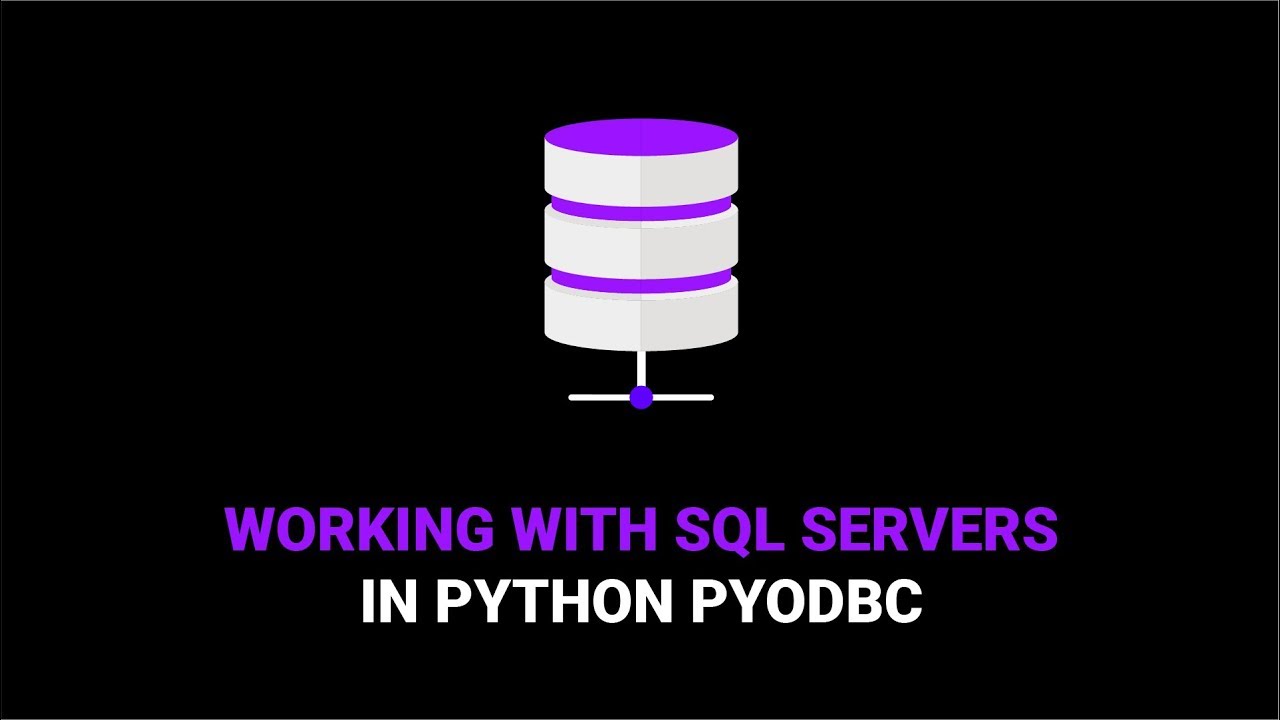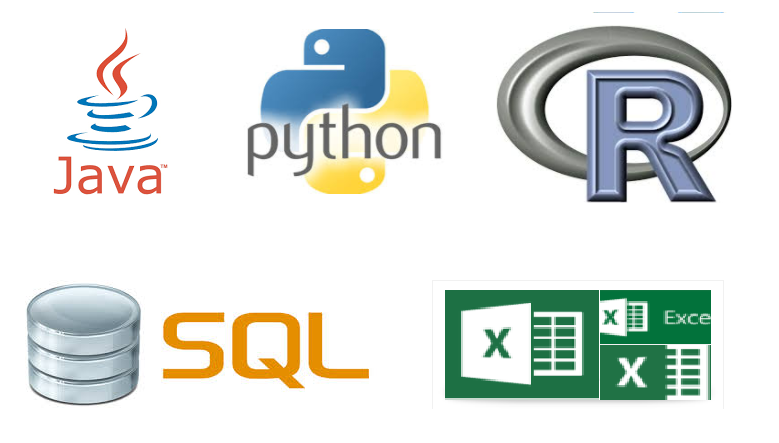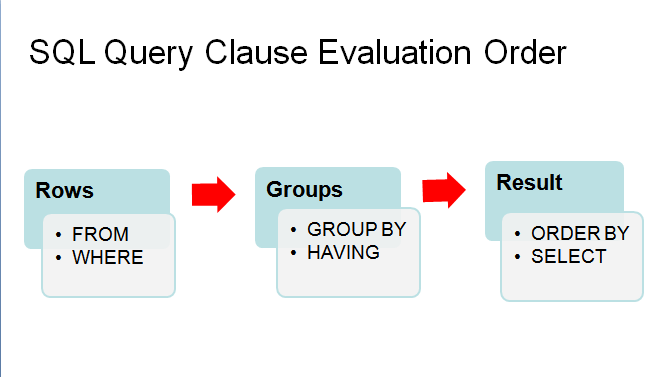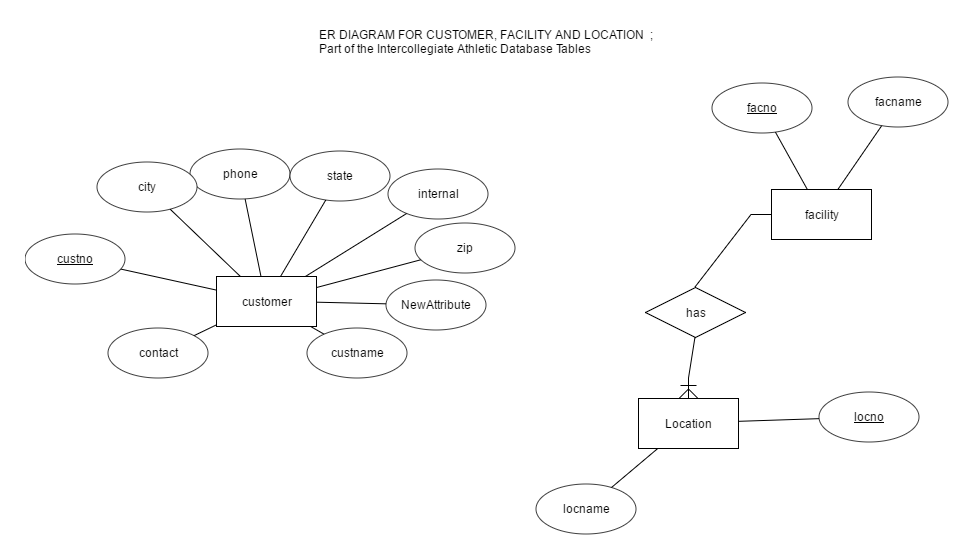
Use Python 2 and 3 Pyodbc and Sqlalchemy to connect to SQL Server Client 11.0
There are several ways you can use Python to connect to SQL Server and one of such ways is to

There are several ways you can use Python to connect to SQL Server and one of such ways is to

This is a sample code to use Python to connect to SQL Server Native Client.
|
1 2 3 4 5 6 7 8 9 10 11 12 13 14 15 16 17 18 |
import sqlalchemy import pyodbc try: import urllib params = urllib.quote_plus("DRIVER={SQL Server Native Client 11.0};SERVER=.\MSSQLSERVER_ENT;DATABASE=MagicDirect;Trusted_Connection=yes;") engine = sqlalchemy.create_engine('mssql+pyodbc:///?odbc_connect=%s"' % params) results.to_sql("clusterSegments", engine, if_exists = 'replace')# except (RuntimeError, TypeError, NameError): print('Error in Conneccting') print(RuntimeError, TypeError, NameError) finally: print("connected") |

So I was at the SQLSaturday event in Manchester, United Kingdom on the 15th July 2017. According the SQLSaturday website,

If you have ever worked with Java, Python, R, SQL, Excel and other Languages on a varied Data Science or Data

In this short article, we look at a sample ERD Diagram which is designed using ER-Assistant software (usage of this
Understading cardinality notation and being able to explain them will go a long way in your database design and implementation.

Which Part of SQL Statements Execute First and in What Order. It is very important to understand which parts of

ERDPLUS One tool I generally use when working on a projects, mini tasks and exploration is the ERDPLUS tool .
Creating Oracle tables for Intercollegiate Athletic Database. Part of Assignment one of Data Warehousing for Business Intelligence on Coursera
|
1 2 3 4 5 6 7 8 9 10 11 12 13 14 15 16 17 18 19 20 21 22 23 24 25 26 27 28 29 30 31 32 33 34 35 36 37 38 39 40 41 42 43 44 45 46 47 48 49 50 51 52 53 54 55 56 57 58 59 60 61 62 63 64 65 66 67 68 69 70 71 72 73 74 75 76 77 78 79 80 81 82 83 84 85 86 87 88 89 90 91 92 93 94 95 96 97 98 99 100 101 102 103 104 105 106 107 108 109 110 111 112 113 114 115 116 117 118 119 120 121 122 123 124 125 126 127 128 129 130 131 132 133 134 135 136 137 |
--1 CREATE TABLE FACILITY CREATE TABLE FACILITY( FACNO VARCHAR(12), FACNAME VARCHAR(255) NOT NULL, CONSTRAINT PK_FAC PRIMARY KEY (FACNO) ); --2.REATE TABLE EMPLOYEE CREATE TABLE EMPLOYEE( EMPNO VARCHAR(12), EMPNAME VARCHAR(255) NOT NULL, DEPARTMENT VARCHAR(100) NOT NULL, EMAIL VARCHAR(50) NOT NULL, PHONE VARCHAR(30) NOT NULL, CONSTRAINT PK_EMP PRIMARY KEY (EMPNO), CONSTRAINT CHK_EMP CHECK(LENGTHB(PHONE) BETWEEN 5 AND 30) ); --3 RESOURCETBL CREATE TABLE RESOURCETBL( RESNO VARCHAR(12), RESNAME VARCHAR(255) NOT NULL, RATE NUMBER(8,2) NOT NULL, CONSTRAINT PK_RES PRIMARY KEY (RESNO) ); /* ALTER TABLE CUSTOMER drop constraint CHK_CUS_ZIP; ALTER TABLE CUSTOMER ADD CONSTRAINT CHK_CUS_ZIP CHECK(LENGTHB(ZIP) <=10) */ --4 CUSTOMER CREATE TABLE CUSTOMER( CUSTNO VARCHAR(12), CUSTNAME VARCHAR(255) NOT NULL, ADDRESS VARCHAR(255) NOT NULL, INTERNAL CHAR(1) NOT NULL, CONTACT VARCHAR(255) NOT NULL, PHONE VARCHAR(30) NOT NULL, CITY VARCHAR(50) NOT NULL, STATE CHAR(2) NOT NULL, ZIP INTEGER NOT NULL, CONSTRAINT PK_CUS PRIMARY KEY (CUSTNO), CONSTRAINT CHK_CUS CHECK (LENGTHB(PHONE) BETWEEN 5 AND 30), CONSTRAINT CHK_CUS_ZIP CHECK(LENGTHB(ZIP) <=10) ); --5 LOCATION CREATE TABLE LOCATION( LOCNO VARCHAR(12), FACNO VARCHAR(12), LOCNAME VARCHAR(255) NOT NULL, CONSTRAINT PK_LOC PRIMARY KEY (LOCNO), CONSTRAINT FK_LOC FOREIGN KEY (FACNO) REFERENCES FACILITY ); -- 6 EVENTREQUEST CREATE TABLE EVENTREQUEST( EVENTNO VARCHAR(12), DATEHELD DATE NOT NULL, DATEREQ DATE NOT NULL, CUSTNO VARCHAR(12), FACNO VARCHAR(12), DATEAUTH DATE NOT NULL, STATUS VARCHAR(20) NOT NULL, ESTCOST NUMBER(8,2) NOT NULL, ESTAUDIENCE INTEGER NOT NULL, BUDNO VARCHAR(12), CONSTRAINT PK_EVR PRIMARY KEY (EVENTNO), CONSTRAINT FK_EVR_CUS FOREIGN KEY (CUSTNO) REFERENCES CUSTOMER, CONSTRAINT FK_EVR_FAC FOREIGN KEY (FACNO) REFERENCES FACILITY, CONSTRAINT CHK_AUD CHECK(ESTAUDIENCE >= 1), CONSTRAINT CHK_STU CHECK(STATUS IN ('Approved', 'Pending', 'Denied')) ); /** LET'S ALLOW NULL VALUES IN THE AUTHORISED DATE, AS we might not as yet have an authorised date**/ ALTER TABLE EVENTREQUEST MODIFY ( DATEAUTH NULL ); --7 EVENTPLAN CREATE TABLE EVENTPLAN( PLANNO VARCHAR(12), EVENTNO VARCHAR(12), WORKDATE DATE NOT NULL, NOTES VARCHAR(1000) NOT NULL, ACTIVITY VARCHAR(500) NOT NULL, EMPNO VARCHAR(12), CONSTRAINT PK_EVP PRIMARY KEY (PLANNO), CONSTRAINT FK_EVP_EVR FOREIGN KEY (EVENTNO) REFERENCES EVENTREQUEST ); /*ALLOW NULL VALUES IN NOTES COLUMN*/ ALTER TABLE EVENTPLAN MODIFY ( NOTES NULL ); -- 8 EVENTPLANLINE CREATE TABLE EVENTPLANLINE( PLANNO VARCHAR(12), LINENO INTEGER NOT NULL, TIMESTART DATE NOT NULL, TIMEEND DATE NOT NULL, NUMBERFLD INTEGER NOT NULL, LOCNO VARCHAR(12), RESNO VARCHAR(12), CONSTRAINT PK_EVPLL PRIMARY KEY (PLANNO, LINENO), CONSTRAINT FK_EVPLL_EVP FOREIGN KEY (PLANNO) REFERENCES EVENTPLAN, CONSTRAINT FK_EVPLL_LOC FOREIGN KEY (LOCNO) REFERENCES LOCATION, CONSTRAINT FK_EVPLL_RES FOREIGN KEY (RESNO) REFERENCES RESOURCETBL ); |
After creating
The following are the main constraints which can be defined when you are creating a TABLE. I will be using
An experienced DevOps and Cloud Training Company to meet your DevOps and Cloud needs
You can see how this popup was set up in our step-by-step guide: https://wppopupmaker.com/guides/auto-opening-announcement-popups/
On this website we use first or third-party tools that store small files (cookie) on your device. Cookies are normally used to allow the site to run properly (technical cookies), to generate navigation usage reports (statistics cookies) and to suitable advertise our services/products (profiling cookies). We can directly use technical cookies, but you have the right to choose whether or not to enable statistical and profiling cookies. Enabling these cookies, you help us to offer you a better experience.